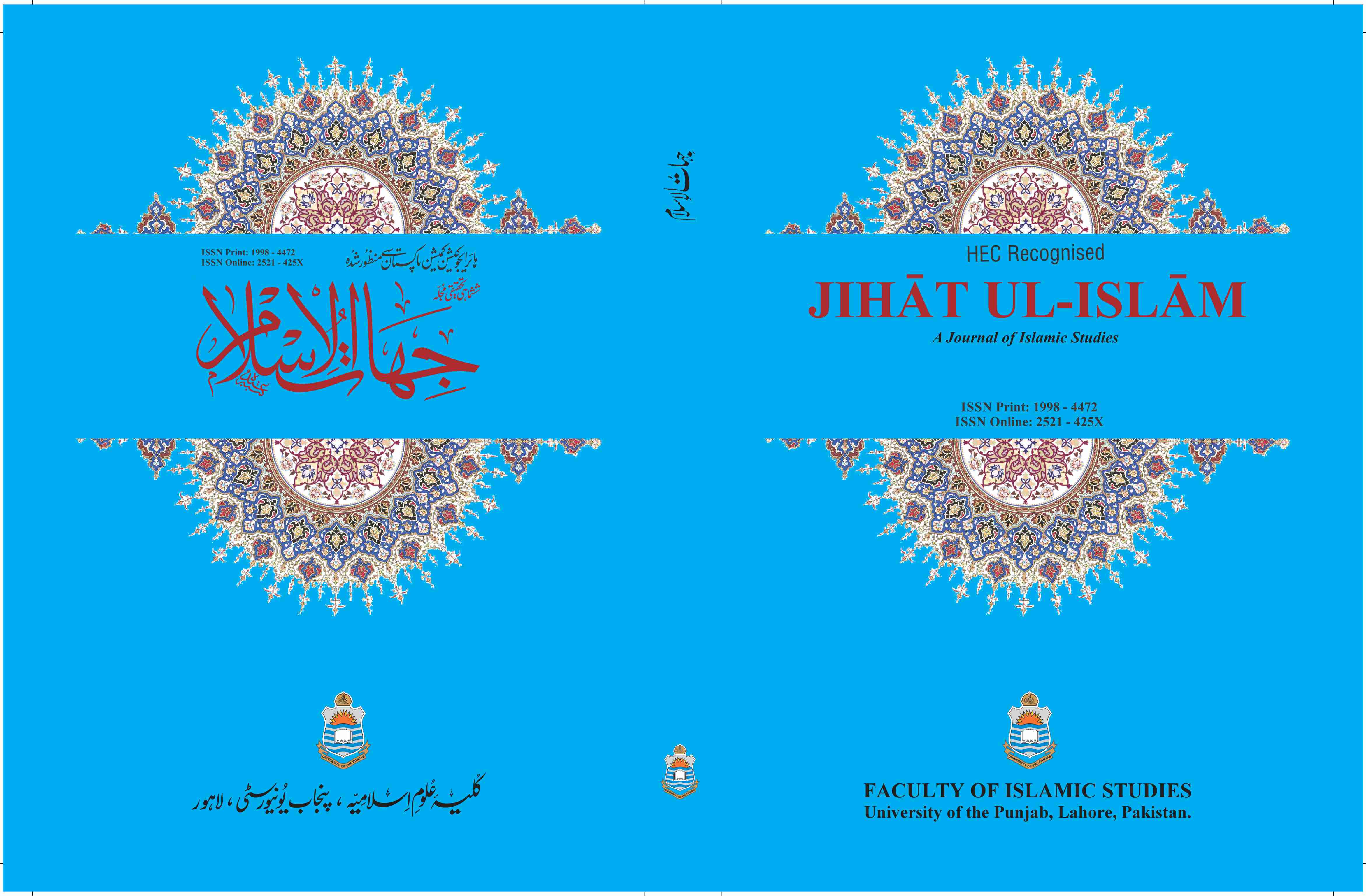حضرت محمد ملی اسلام کے غیر مسلموں سے معاشی تعلقات کا تحقیقی مطالعہ
Research Study of Prophet Muhammah's Economic Relations with Non Muslims
Keywords:
Trade, economic, mortgage, partnership, disbelievers, Non-Muslims, Harbi, āylāfAbstract
Information technology and advancement in transportation have converted the world into a global village where people belonging to various ethnic groups and religions from different parts of the world are becoming in contact with each other. As Muslims try to follow the noble example of the Holy Prophet Muḥammad (صلى الله عليه وسلم (in every domain of life. The purpose of this research paper is to explore the nature of trade with disbelievers or non-Muslims from His life(صلى الله عليه وسلم(. Quraish was a trading tribe that held a sound economic position in Arabian Peninsula by establishing trade treaties called “āylāf” and it extended its trade towards Syria, Yemen, Quds, Egypt, Ethiopia and Persia. Before the declaration of Nabuwwat, Holy Prophet (صلى الله عليه وسلم (made trade expeditions towards Syria and Yemen with his uncles, Zubair bin Abdul Muṭṭalib and Abi Ṭalib bin Abdul Muṭṭalib. Later on he travelled to Syria, Buṣra , Tehama, Jursh (or Jarsh) with the commodities of Khadija R.A and established trade with the pagans, Christians, Majoosis’ and Jews of Arab, Syria and Persia. During this period he used to travel with trade caravans towards fairs for commercial purposes in Arabia especially Ukaẓ, Dhil-Majna, Habasha etc. He grazed goats of disbelievers on wages (Qrāriṭ, a currency unit) and constructed working relationship with the pagans of Mekkah. Such dealings with disbelievers (e.g. AbuSufyan, Abdullah Bin Abul Ḥamasā, Ṣaib Bin Abi Ṣaib, Qais bin Ṣaib AlMakhzoomi, Kaʾb Bin Aʾdi Al-Tanookhi etc.) continued even after the declaration of Nabuwwat. This period is a splendid example for those Muslims who are in minority and oppressed by the majority. His (PBUH) migration towards Medina became the most important event in Islamic history as it led Muhammad (صلى الله عليه وسلم (to establish a Muslim state. After migration, we find him as a ruler who chalked out economic policy for an Islamic state. In Medina, we find him trading with Ahl-eKitab and pagans individually and at the state level. On one side, he boycotted and blocked trade routes of pagans of Makkah who were in the state of War with Muslims and tried to harm them whenever they found opportunity while on the other he (PBUH) secured trade routes and developed trade with the people of other religions. The trade relations even did not end when he breathed his last; at that time, his صلى الله عليه وسلم armour was pledged to a Jew for grains. Here we find several examples of trading with non-Muslims like giving and taking loans and mortgaging, from the life of Prophet Muḥammad صلى الله عليه وسلم and his companions. This period is a noble example for the Muslim-States to establish economic relations with the neighbouring countries irrespective of religion or creed







